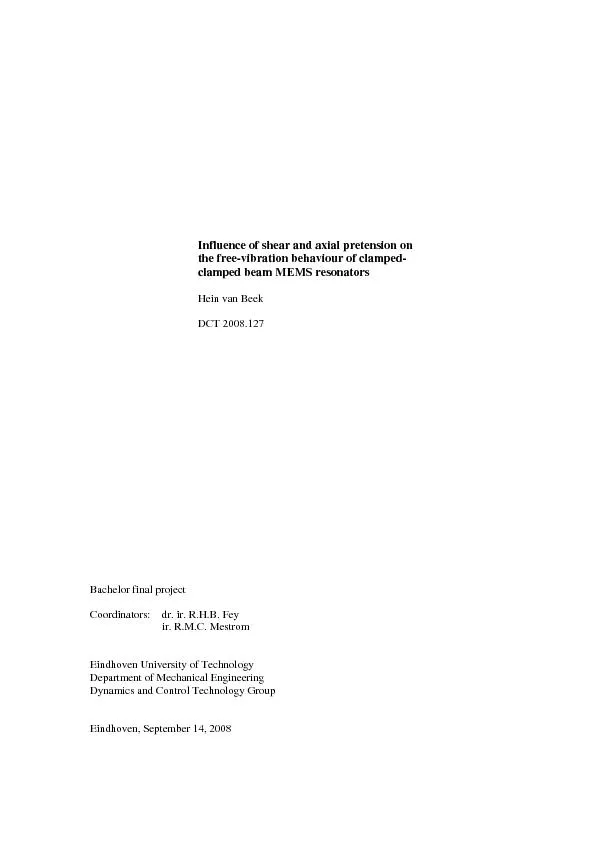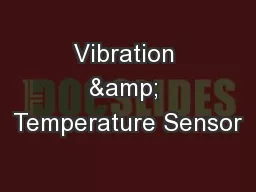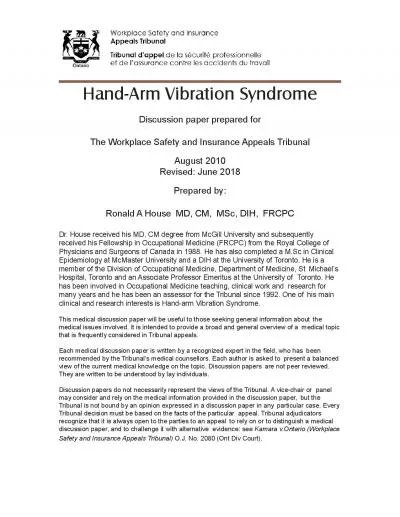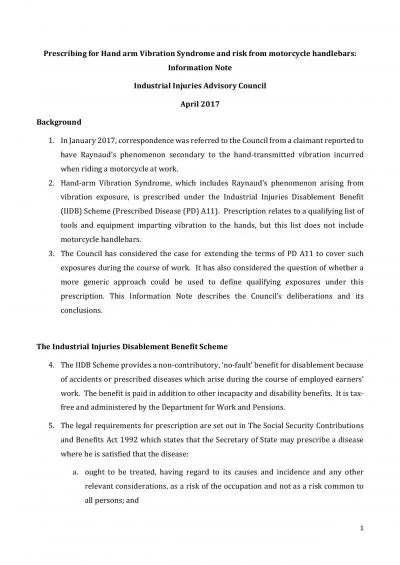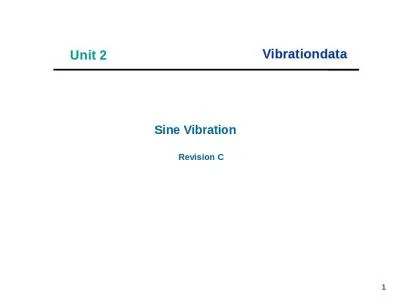PDF-Influence of shear and axial pretension on the free-vibration behaviou
Author : giovanna-bartolotta | Published Date : 2016-07-13
i Summary Goal A clampedclamped beam MEMS resonator may be used as a time reference in the near future For accurate timekeeping it is important that the frequency
Presentation Embed Code
Download Presentation
Download Presentation The PPT/PDF document "Influence of shear and axial pretension ..." is the property of its rightful owner. Permission is granted to download and print the materials on this website for personal, non-commercial use only, and to display it on your personal computer provided you do not modify the materials and that you retain all copyright notices contained in the materials. By downloading content from our website, you accept the terms of this agreement.
Influence of shear and axial pretension on the free-vibration behaviou: Transcript
Download Rules Of Document
"Influence of shear and axial pretension on the free-vibration behaviou"The content belongs to its owner. You may download and print it for personal use, without modification, and keep all copyright notices. By downloading, you agree to these terms.
Related Documents

